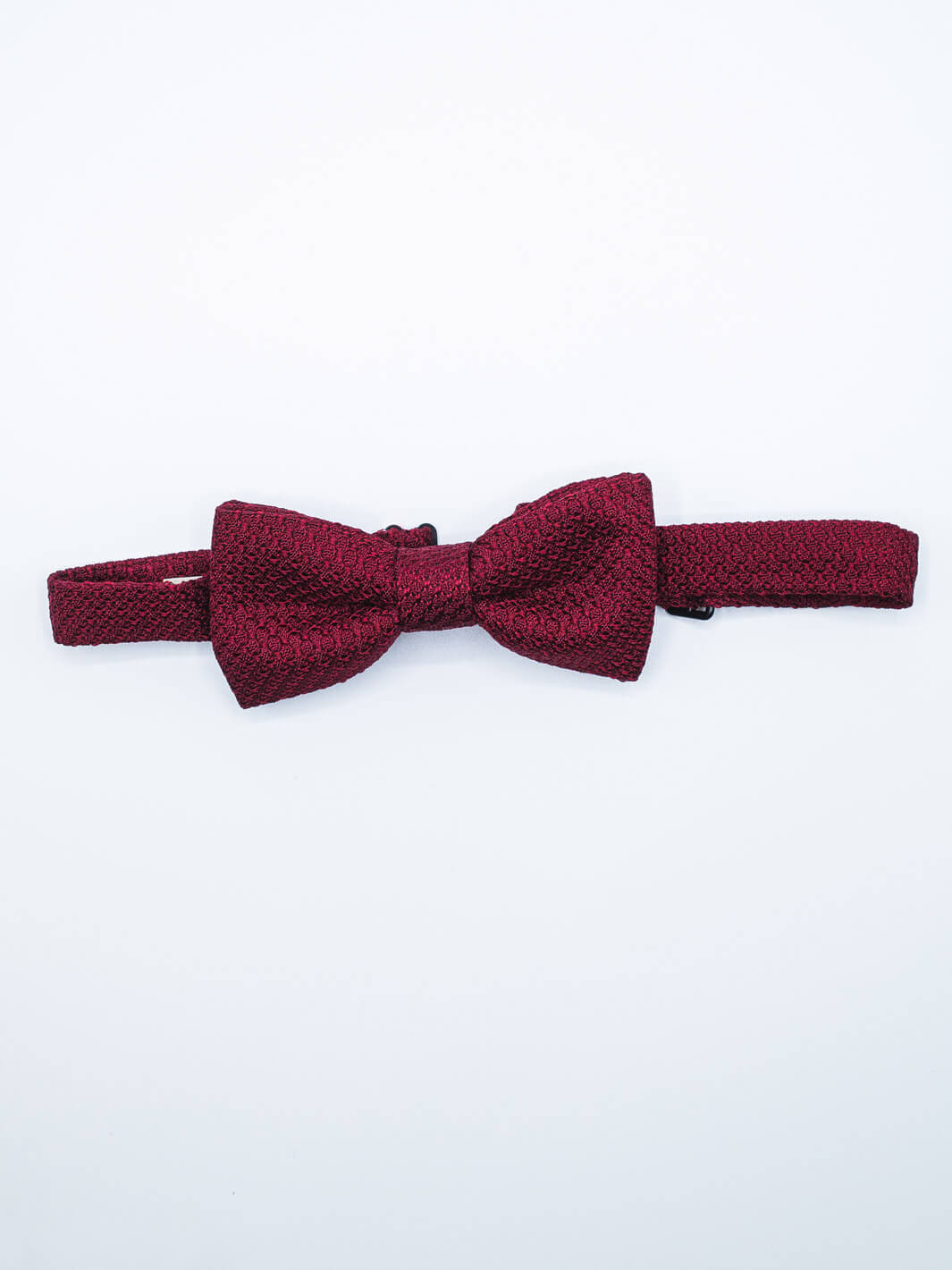Ever wondered what sets a well-made shirt apart from the rest? Or pondered the nature of its core components? Or, crucially, what you should look out for when choosing the perfect one for you? If you answered “yes” to any or all of these questions, this itemized breakdown of the ultimate gentleman’s staple garment—the most important item to get right if one wishes to dress well—is for you.
The Collar
Its earliest close descendant, the 16th-century neck ruff, looks absurd by today’s standards. And yet, when chosen correctly, the modern shirt collar can offer more in the way of sartorial signaling than anything else in your overall ensemble.
The main choice to be made when selecting a new shirt concerns the style variations that emerged in the early to mid-20th century. As with glasses, it’s a matter of personal taste—but also face shape. The downward angle inherent to point collars helps slim a round or wide face; spread, semi-spread, or cutaway collars offer the opposite benefit for a long or narrow face. Any collar style works with an oval face.
Meanwhile, a traditional fused collar offers structure and a more rigid look, which keeps its shape well under the lapels of a jacket without collapsing, while an unfused collar provides a softer roll and a more natural guise—ideal for casual shirts.
The Placket
Strictly speaking, what we refer to now as a “gentleman’s shirt” is—historically speaking—a sub-genre: buttoned front openings only became common in men’s shirts in the 19th-Century. Before that, shirts were simply pulled over the head—better for dramatic exits from illicit liaisons, but altogether less elegant.
The modern placket, a folded and stitched strip with evenly spaced buttons, came into use later to reinforce garments subjected to daily wear and frequent washing. Most traditional shirts—including formal examples, such as our Oxford Dress Shirts—have a visible placket. Other modern iterations may be seamless (the “French” placket), offering a dressier, sleeker look in which the buttons appear to float on the fabric. A “selvedge” placket—such as the one seen in this Frontier Denim Western Shirt—adds an extra helping of craftsmanship and flair.
The Yoke
The yoke is to shirt-making what a horizontal girding beam is to architecture. This vital piece of fabric, which sits across the shoulders, gives the garment its shape, drape, and silhouette, while distributing weight evenly across the upper back.
A split yoke, made from two separate pieces, allows for greater movement and a better fit. It can also, if the wearer desires and the shirtmaker is up to the pattern-matching challenge, be rotated so that stripes meet at an angle in the center.
The Cuffs
In centuries past, cuffs were embroidered, embellished, lace-trimmed, or adorned with all manner of energetic flourishes. With the Industrial Revolution, however, came mass production, standardization, and sobriety.
Enter, stage left, the understatedly elegant barrel cuff—the type we see on most shirts today, both casual and formal. An extra dash of formality is offered by turn-back cuffs, held flush by subtly imperious cufflinks. (The alternative term, “French cuffs,” is thought to have been coined by American clothiers in the early 20th century to evoke a sense of European flair.)
Customers at a bespoke shirtmaker can tweak the casual–formal dial through their choices of cuff corners—rounded, angled, or square—and the number of buttons. Off-the-peg customers, meanwhile, should look for clean stitching and secure buttons when judging overall quality.
The Sleeves
Mankind began stitching fabric together 6,000 years ago, yet it wasn’t until the 14th century that we arrived at the rounded sleeve cap—shaped to follow the natural curve of the shoulder.
Another 600 years on, sleeves should be roomy enough to avoid restrictive binding (accordion-style wrinkles at the elbow indicate they’re too tight), while still ticking the “slim, not skinny” box. In addition, high armholes that fit snugly around the armpit improve mobility and are a sign of a well-made shirt; raising the arms should not cause the garment to lift. In terms of length, the cuff should reach somewhere between the wrist and the webbing between thumb and index finger when the arm is outstretched.
Subtle features such as a gauntlet button—placed near the elbow to prevent gaping—also serve as hallmarks of a maker’s attention to detail, and therefore, quality.
The Hem
Dress shirts, casual button-downs, high-quality Oxford shirts, Western shirts—all these sub-genres of the ultimate men’s wardrobe staple can feature curved hems. This design means they’re made to be tucked in, offering the wearer both freedom of movement and the benefit of avoiding that annoying bunching at the sides.
Subtle indicators of quality and craftsmanship, when it comes to hems, include reinforced side gussets—a sign that the maker intends the shirt to last and remain stylistically relevant for a lifetime.
The Buttons
Ever since tailoring sprang up in Medieval Europe, demanding tighter closures, buttons have served as functional fasteners rather than merely decorative baubles.
That doesn’t mean they shouldn’t stand out aesthetically, though—and while the iridescent shine of mother-of-pearl buttons is subtle, the most effective signals of quality often are. Made from a composite material produced by mollusks, these buttons—1.5 billion of which were manufactured annually in the early 1900s in Muscatine, Iowa, the “Pearl Button Capital of the World,” using freshwater mussels from the Mississippi River—are significantly harder, more scratch-resistant, and more durable than plastic.
Permanence and stylishness, lest we forget, are close siblings. And the difference in feel when fastening mother-of-pearl buttons serves as a quiet, tactile reminder of the garment’s quality every time you put it on.
Conclusion
It may seem like a lot to consider, but every detail is worth the attention. When done right, a shirt becomes far more than just the sum of its parts—it becomes a statement. As a cornerstone of men’s style, the shirt has evolved over centuries to reach its current form. Yet for those with a true eye for style, there’s always room to push it further. After all, the best-dressed men don’t just wear the shirt—they refine it.









